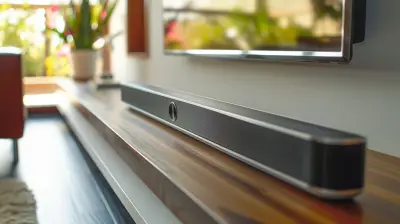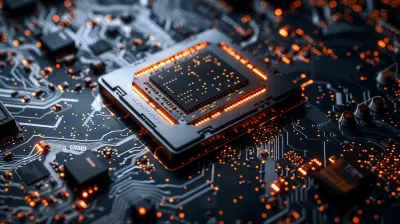How to Build a High-End Graphics Card Setup for Triple-A Gaming
7 October 2025
So, you’ve decided to go all in. You want that buttery-smooth, jaw-dropping, ultra-realistic gaming experience. We’re talking triple-A titles on ultra settings, ray tracing cranked up to max, frames not dipping below 144fps even when the battlefield turns into a Michael Bay movie. Whether you're eyeing games like Cyberpunk 2077, Red Dead Redemption 2, or the latest Resident Evil—this guide is your ticket to building a monster gaming rig that can handle it all.
In this deep dive, we’re going to break down exactly how to build a high-end graphics card setup optimized for the ultimate gaming experience. Sound good? Let’s dive in!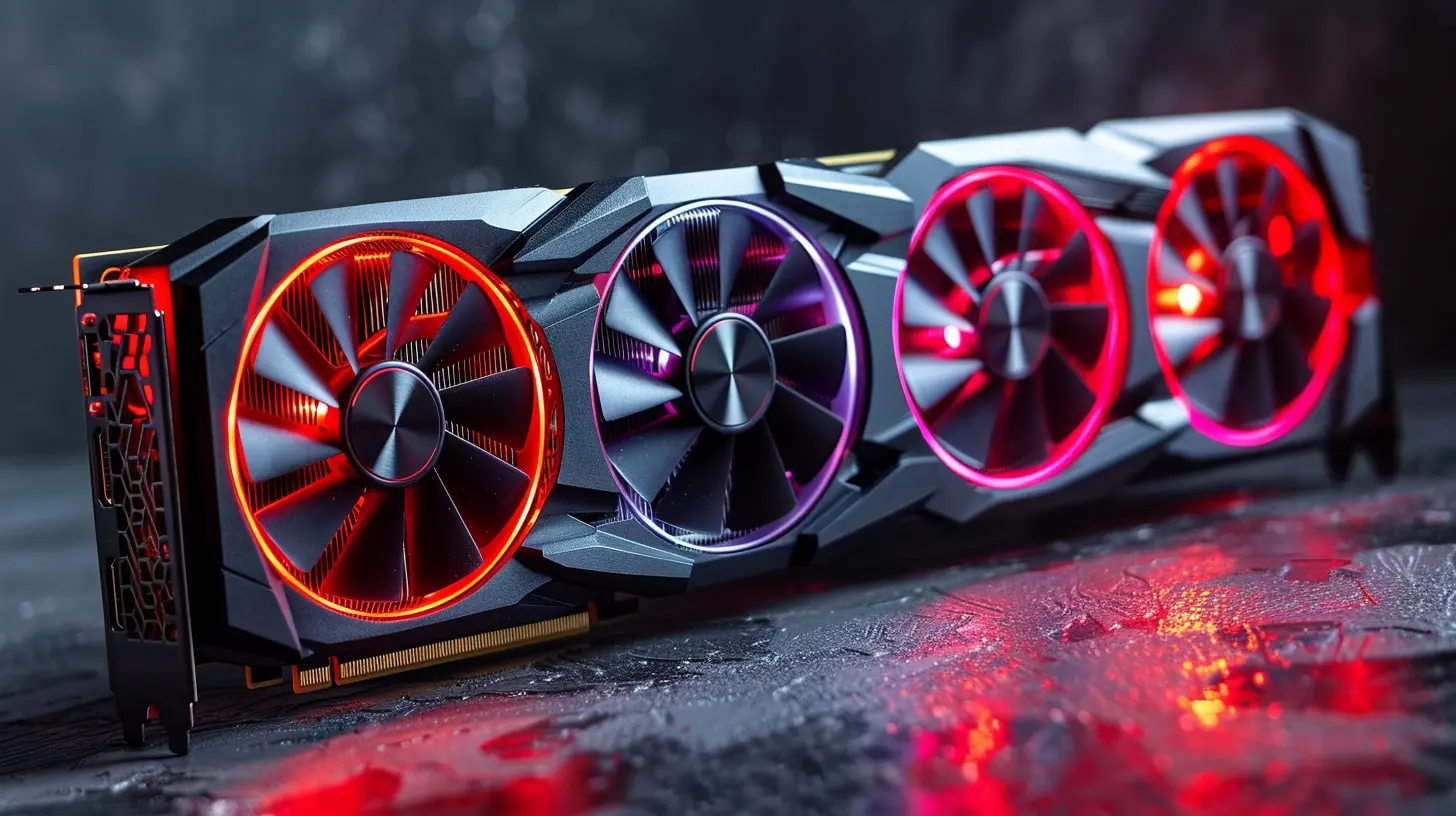
🎯 Why Build a High-End Graphics Card Setup?
Before we start throwing specs around, let’s address the big question: why even bother with a high-end setup?Well, games are evolving. They’re more cinematic, more immersive, and way more demanding. Your standard mid-tier GPU might get you through most games, but if you’re into visual fidelity, smooth gameplay, and future-proofing your build, a high-end graphics setup isn’t a luxury—it’s a necessity.
A solid GPU setup:
- Handles 4K and ultrawide resolutions like a champ.
- Runs with RTX features enabled without tanking performance.
- Future-proofs your system for games coming 2-3 years down the line.
- Enhances your VR and multi-monitor gaming experience.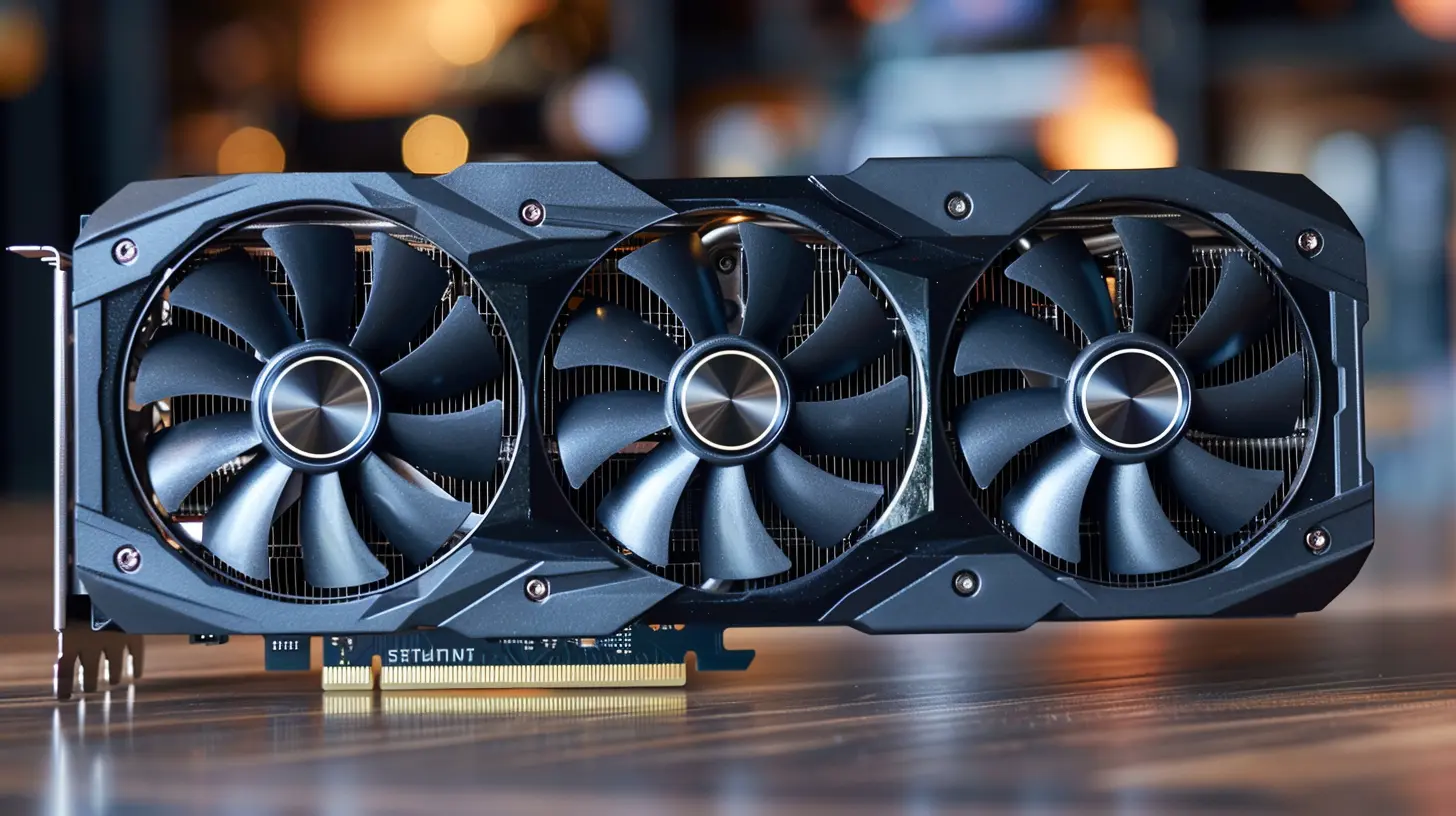
🧠 Understanding the Basics: What Makes a Graphics Card “High-End”?
Not all GPUs are created equal. High-end cards are typically characterized by:- High VRAM (Video RAM): 12GB and above is ideal for 4K gaming.
- Ray Tracing & DLSS/FSR Support: Makes those shadows and reflections look real enough to touch.
- High Core Count and Clock Speed: More CUDA cores or stream processors mean better multitasking and rendering.
- PCIe 4.0 or PCIe 5.0 Support: Faster data transfer between GPU and motherboard.
Popular examples of high-end GPUs (as of 2024):
- NVIDIA GeForce RTX 4090
- AMD Radeon RX 7900 XTX
- NVIDIA GeForce RTX 4080 Super
- AMD Radeon RX 7900 XT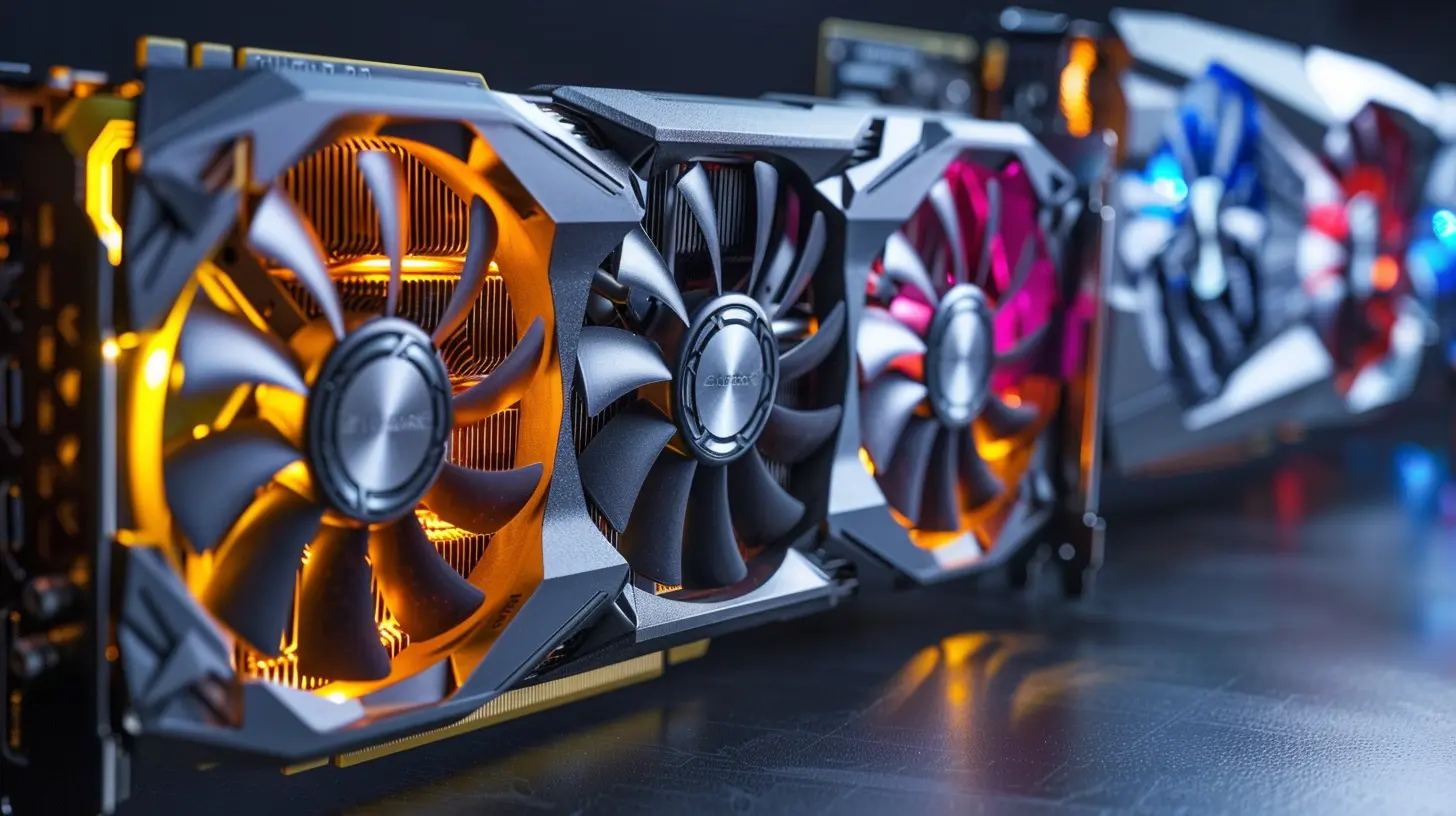
🛠️ Step-by-Step: Building Your High-End Graphics Card Setup
Now for the meat of the build. A high-end GPU won’t perform at its best if the rest of your rig isn’t up to snuff. Here's what you need to consider.1. Pick the Right GPU (The Heart of Your Gaming Rig)
You can’t go wrong with NVIDIA or AMD—both are killing it lately.- NVIDIA RTX 4090: Absolute powerhouse, handles 4K gaming like a beast, best for ray tracing.
- AMD RX 7900 XTX: Cheaper than the 4090 with competitive performance, especially at 1440p and 4K.
- DLSS vs FSR: NVIDIA’s DLSS gives a noticeable edge in compatible games. AMD’s FSR works with more titles but doesn’t always look as clean.
If you’ve got the budget, the RTX 4090 is the ultimate choice for now.
2. Pair It with a Beastly CPU
A high-end GPU needs a CPU that won't bottleneck it. Imagine trying to feed a Ferrari engine with a lawn mower’s fuel line—it just won’t fly.Top CPU picks:
- Intel Core i9-13900K
- AMD Ryzen 9 7950X
Both have enough cores and threads to keep up with the demands of modern games and multitasking (like streaming or video editing on the side).
3. Get the Right Motherboard
Compatibility is key. Make sure your mobo supports:- Your chosen CPU socket (LGA1700 for Intel, AM5 for AMD)
- PCIe 4.0 or better (maximum GPU bandwidth)
- Plenty of USB and M.2 slots for future expansion
Look into boards like the ASUS ROG Maximus or MSI MEG series.
4. Install Fast, High-Capacity RAM
Gaming (especially with high-end GPUs) loves fast RAM. Go for:- 32GB DDR5 (6000MHz or higher) — for future-proofing and multitasking
- Dual-channel kits for better memory bandwidth
32GB might sound like overkill, but trust me—modern AAA games and background applications gobble up RAM like popcorn.
5. Invest in a Killer PSU (Power Supply Unit)
High-end GPUs are power-hungry monsters. The RTX 4090, for example, can consume upwards of 450W.Recommended PSU:
- At least 850W (Gold or Platinum rated)
- Modular or semi-modular
- Reputable brands like Corsair, Seasonic, or EVGA
Overkill? Maybe. But necessary? Absolutely.
6. SSD is a Must (Ditch the HDD)
SSD load times are faster. Period.Opt for:
- NVMe Gen 4.0 SSD (1TB or more) — Games are getting bigger, and you need room to breathe
- Brands like Samsung (980 Pro), WD Black SN850X, or Sabrent Rocket
Faster read/write speeds also help with open-world texture streaming, which is crucial for modern games.
7. Keep It Cool (Literally)
High-end components = high heat. Avoid thermal throttling like the plague.- GPU: Most come with triple-fan coolers; consider water-cooled models if noise/temps are a concern
- CPU: Use a high-end air cooler (e.g., Noctua NH-D15) or a 360mm AIO liquid cooler
- Case: Needs solid airflow, plenty of fan mounts, and GPU clearance space
You wouldn’t wear a winter coat to the beach, right? Same idea here. Keep your system ventilated.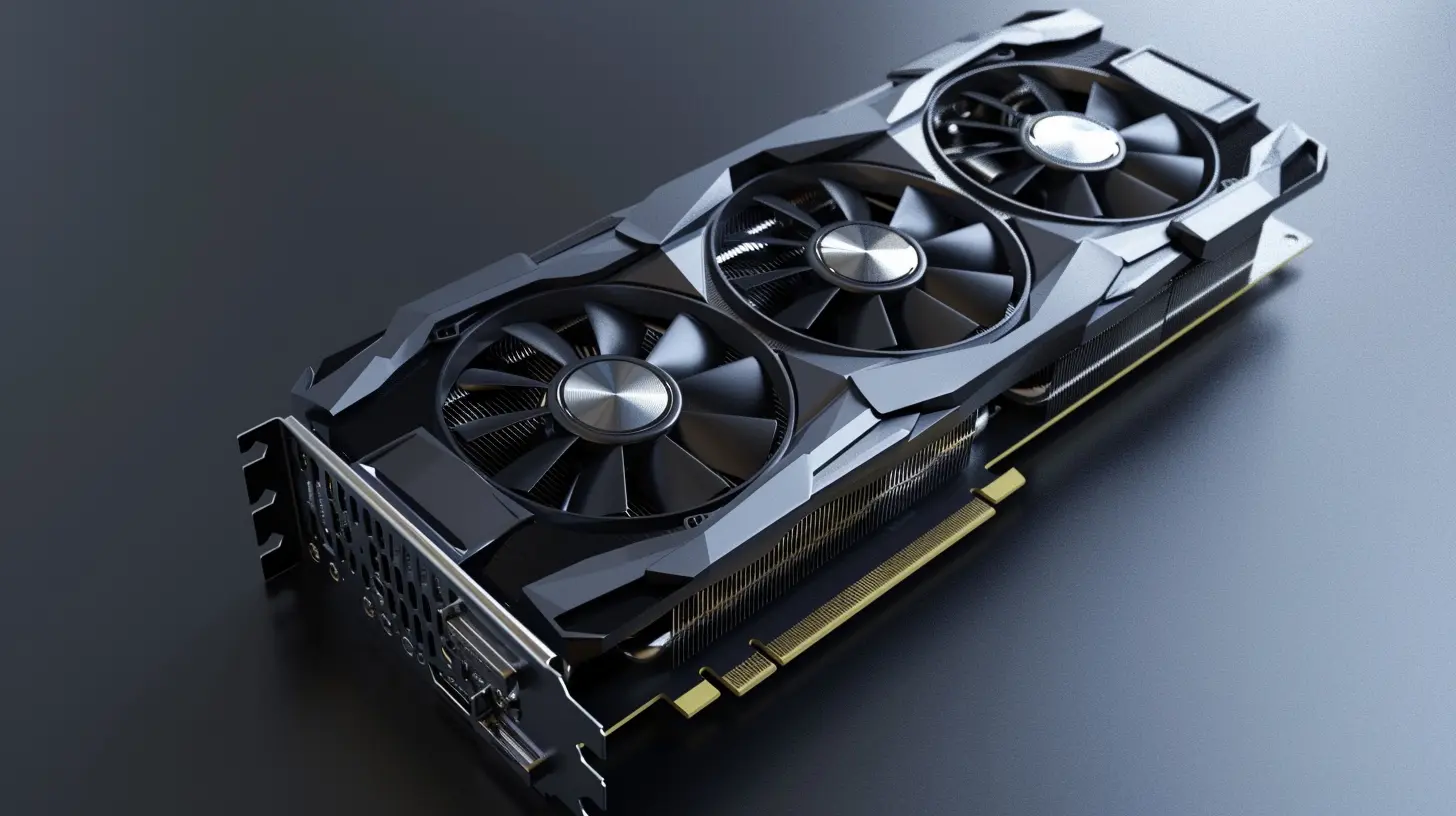
🎮 Optimizing Your Setup for AAA Gaming
Alright, you’ve built your beast. Now what? Time to fine-tune.✅ Enable Game-Ready Drivers
Always install the latest NVIDIA GeForce or AMD Adrenalin drivers. These are optimized for new releases and often bring significant performance boosts.✅ Tweak In-Game Settings with Intelligence
Ultra settings sound tempting, but tweak them for the best bang-for-buck.- Turn on DLSS or FSR — boosts frame rates with almost no visual loss
- Customize shadows and ambient occlusion — these are performance hogs
- Use built-in benchmark tools to find your sweet spot
✅ Use Monitoring Software
Apps like MSI Afterburner or HWMonitor let you:- Keep an eye on temps
- Track GPU usage, VRAM, and FPS
- Detect bottlenecks in real-time
Knowledge is power.
🧱 Consider Multi-GPU? Not Really…
SLI and CrossFire used to be a thing, but honestly? It's dead and buried for gaming.- Most modern games don’t support multi-GPU
- Tons of micro-stuttering and driver issues
- One high-end GPU > two mid-range ones in every single case
Focus your budget on one flagship GPU instead.
⚙️ Bonus Tips for The Rock-Solid Build
🔌 Use a UPS (Uninterruptible Power Supply)
Imagine dropping $4,000 on your rig just for a power surge to fry it. A UPS protects your setup and keeps your game going even during brief outages.🔄 Future-Proof Your Rig
Leave room for upgrades:- Go with a PSU that can handle future GPUs
- Buy a larger case for airflow and GPU clearance
- Opt for a board that supports the most recent DDR5 and PCIe 5.0 standards
🛡️ Surge Protection and Proper Cable Management
Getting a clean build isn’t just for looks—it improves airflow and reduces the wear and tear on your components.🧩 So, How Much Will It All Cost?
Let’s break down a rough estimate:| Component | High-End Cost (USD) |
|----------|----------------------|
| GPU (RTX 4090) | $1,599 |
| CPU (Ryzen 9 7950X) | $699 |
| Motherboard | $350 |
| RAM (32GB DDR5) | $200 |
| PSU (1000W Gold) | $180 |
| SSD (1TB NVMe) | $150 |
| Case | $150 |
| Cooling (AIO or Air Cooler) | $120 |
| Total | ~$3,448 |
Prices may vary depending on sales, location, and availability. But this gives you a solid ballpark for the “no-compromise” 4K beast.
🏁 Final Thoughts
Building a high-end graphics card setup isn’t just about slapping expensive parts together—it’s about creating a balanced, future-proof system that delivers jaw-dropping visuals and lightning-fast performance every single time you boot up.Sure, it might burn a hole in your wallet, but the payoff? Totally worth it. AAA gaming in all its glory, no stutters, no pixilation, no compromises.
So whether you're diving into Night City or roaming the wild west, your new rig will be ready to handle anything the gaming world throws at it.
Game on, my friend.
all images in this post were generated using AI tools
Category:
Graphics CardsAuthor:

Pierre McCord
Discussion
rate this article
1 comments
Thorne Maddox
Great article! I appreciate the detailed insights on building a high-end graphics card setup. Your tips for optimizing performance and balancing components are particularly helpful for gamers. Thanks for sharing!
October 9, 2025 at 4:39 AM

Pierre McCord
Thank you for your kind words! I'm glad you found the tips helpful for optimizing your setup. Happy gaming!

